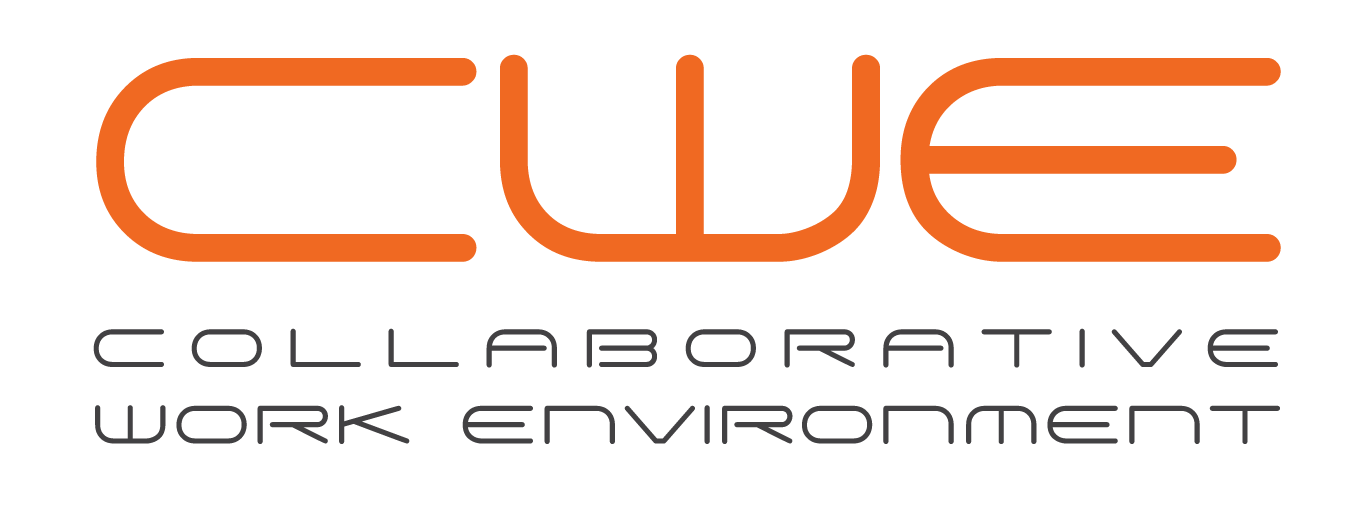In the modern business landscape, Information Technology (IT) is at the core of operations. As organizations rely on an array of technology solutions to drive efficiency and innovation, it’s crucial to manage IT expenses effectively. A key component of this is Telecom Expense Management (TEM) and Contract Optimization. These two strategies can kick off savings that pave the way for a more comprehensive IT savings program. In this blog, we’ll explore how TEM and Contract Optimization can be the catalyst for substantial cost reduction and set the stage for a broader IT savings initiative.
Understanding Telecom Expense Management
TEM refers to the practices and processes that businesses use to manage their telecommunications expenses. This includes mobile services, landlines, internet connectivity, and data services. A well-implemented TEM strategy helps organizations track, optimize, and control these costs.
The Importance of Contract Optimization
Contract optimization is about ensuring that your technology service contracts align with your organization’s needs, and that you’re not paying for services you don’t use or need. It involves:
- Evaluating Existing Contracts: Review and analyze your current technology service contracts to identify opportunities for optimization.
- Negotiating Better Terms: Work with service providers to renegotiate terms to better suit your needs and budget.
- Right-Sizing Services: Ensure that you’re not overpaying for services that exceed your requirements or underinvesting in essential services.
- Identifying Cost-Effective Alternatives: Explore alternative service providers or plans that offer the same or better services at a lower cost.
Now, let’s delve into how TEM and Contract Optimization can set the stage for a more comprehensive IT savings program:
1. Immediate Cost Reduction
By implementing TEM and Contract Optimization, organizations can quickly identify unnecessary expenses and take steps to reduce them. This results in immediate savings that can be redirected to other IT initiatives.
2. Improved Visibility
TEM solutions provide transparency into your telecom expenses, allowing you to understand where and how your organization is spending money. This enhanced visibility is essential for making informed decisions about your technology budget and IT investments.
3. Enhanced Efficiency
Contract Optimization ensures that your organization pays for only the services it needs. This not only saves money but also enhances operational efficiency by eliminating waste.
4. Strategic Allocation of Funds
Once you’ve saved money through TEM and Contract Optimization, you can reallocate those funds strategically. For example, you can invest in technology upgrades, digital transformation, or cybersecurity measures that improve the overall IT landscape.
5. Cost Control and Budgeting
TEM and Contract Optimization establish cost control mechanisms. By setting the stage for better budgeting practices, these initiatives help you prevent overspending and unexpected expenses.
6. Risk Mitigation
Reducing unnecessary expenses and renegotiating contracts can mitigate financial risks associated with technology services. This ensures that your technology budget is more predictable and controllable.
7. Improved Vendor Relationships
Contract Optimization involves negotiating with service providers. Building positive relationships with these vendors can lead to better service agreements, more favorable terms, and preferential treatment in the future.
8. Scalability
As your organization grows or changes, your technology needs will evolve. TEM and Contract Optimization provide a framework for adjusting services, contracts, and budgets to accommodate your changing requirements.
9. Comprehensive IT Savings Program
Once TEM and Contract Optimization demonstrate their effectiveness, you can expand your cost-saving efforts to other areas of IT. This paves the way for a more comprehensive IT savings program that touches all aspects of your technology expenses.
Conclusion
In today’s digital-driven world, managing IT expenses is essential for achieving financial efficiency and success. Telecom Expense Management and Contract Optimization play a crucial role in cost reduction, better budgeting, and risk mitigation. By leveraging the savings generated through these strategies, organizations can build a strong foundation for a more comprehensive IT savings program that optimizes expenses across all IT-related areas. With the right approach, businesses can achieve a balance between cost control and technology innovation, setting the stage for sustainable growth and competitiveness.
How can CWE help? We can provide you with two assessment options to meet you at your immediate pain point and budget. We can provide execution support and project validation by helping collect and input data for you while maintaining a historical record. We can provide auto-renewal monitoring for often overlooked contracts. We can provide marketplace insights and a streamlined procurement process. Want to see it all in action?



Comments are closed